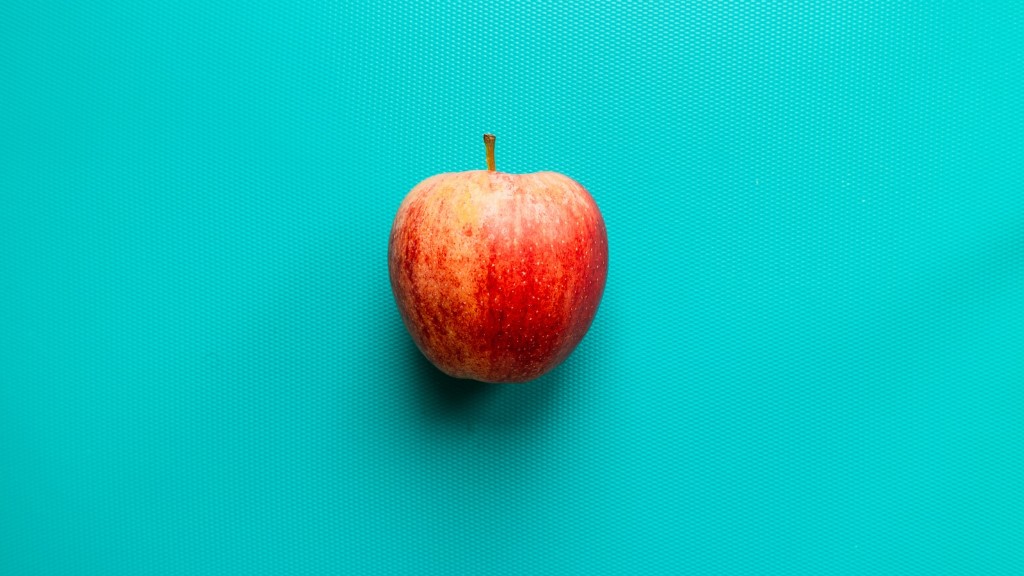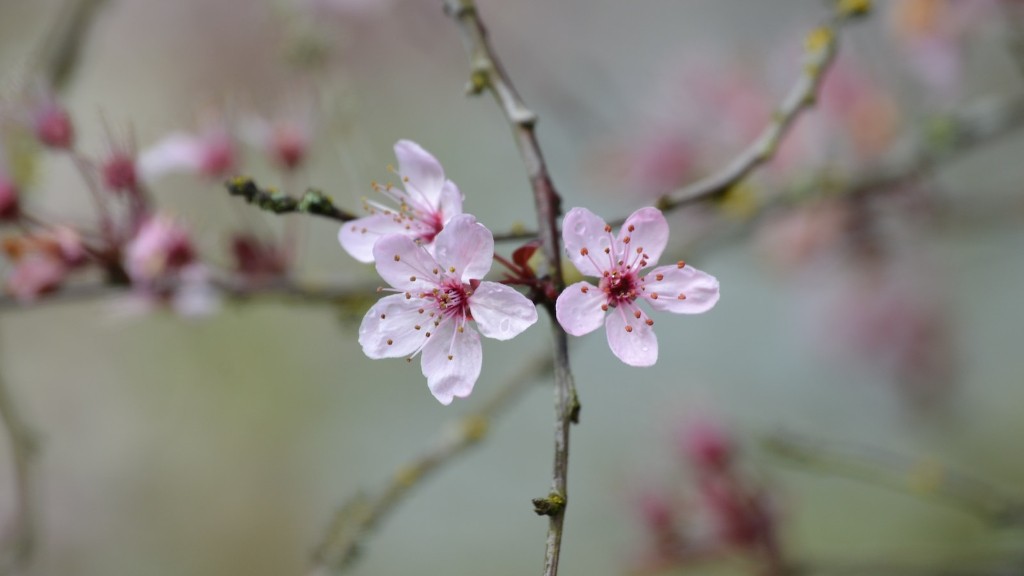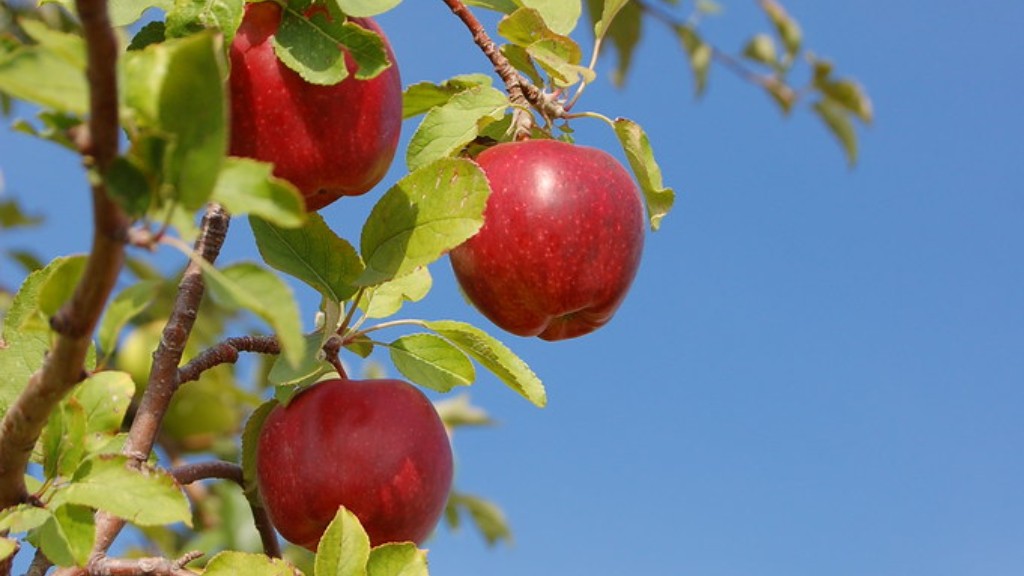Avocados (Persea americana) are versatile fruits that are both delicious and healthy. Due to their popularity, many people have chosen to grow their own avocado trees in pots on their patios or balconies. Growing an avocado tree in a pot is not as difficult as it may seem, and it can provide a bounteous harvest of fresh, organic avocados for your enjoyment. If you are looking for a practical way to add more healthy food to your diet, you may be considering the option to grow your own avocado tree in a pot at home.
When it comes to growing an avocado tree at home, proper soil preparation is key. When preparing the soil, it is important to use a soil mix that is high in organic matter. The soil should contain anything that can help it retain moisture, such as peat moss or compost. The soil mix should also be well-draining, so that the roots do not become waterlogged. After the soil has been prepared, you can plant your avocado tree in the pot and make sure to provide adequate drainage for the container.
When it comes to caring for your avocado tree in a pot, it is important to ensure that it gets enough sunlight. An avocado tree needs at least six hours of direct sunshine per day. If you live in an area where the sun is not always present, you may need to supplement the light with grow lights. It is also important to provide adequate ventilation for the tree when growing it in a container, as this helps to prevent root rot and other potential problems that can arise with planting in a pot.
Another important factor to consider when caring for an avocado tree in a pot is watering. An avocado tree needs a deep, thorough watering every few days during the growing season, or whenever the soil dries out. The amount of water needed may vary depending on the size and type of pot you are using. When it comes to fertilizing, a lightweight, water-soluble fertilizer should be applied every two months throughout the growing season.
When the avocado tree begins to bear fruit, careful pruning is needed to ensure healthy growth and fruit production. Pruning should be done every few months, and should focus on removing dead or damaged branches. Additionally, it is important to avoid over-pruning your tree; too much pruning can weaken the tree and reduce its fruit production.
In the winter months, it is important to protect your avocado tree before the temperatures drop. The tree should be protected with a cover or wrap, as cold temperatures can damage or even kill the tree. Additionally, it is important to make sure that the soil in the pot has plenty of moisture before the temperatures start to drop. With proper care and maintenance, an avocado tree in a container can provide a bounteous harvest of delicious, healthy fruit for many years to come.
Pest Control
When it comes to protecting your avocado tree, one of the most important things to consider is pest control. Pests such as aphids, mealybugs, and scale can all be damaging to your tree and reduce its fruit production. It is important to inspect your avocado tree regularly for signs of infestation and take steps to treat any pests that are present. Treatment can include the use of insecticidal soaps, horticultural oil, or a neem oil spray solution.
Additionally, there are a few natural methods of pest control that can be used as well. For instance, introducing beneficial predators such as ladybugs, lacewings, or parasitic nematodes can help to keep the pest population in check. Using mulches, organic matter, and properly pruning and pruning your tree regularly can also help to manage pests on your avocado tree.
No matter what methods of pest control you choose to use, it is important to use an integrated approach when it comes to keeping your avocado tree safe. A combination of natural methods and chemical treatments can be the most effective way to protect your tree against potential pest infestations.
Disease Management
It is also important to manage disease on your avocado tree when growing it in a pot. Diseases such as anthracnose and root rot can present serious threats to your tree, and can be caused by fungal spores in the soil or air. When it comes to managing diseases, it is important to have regular inspections of your tree for signs of disease and take steps to treat any problems that are present.
In order to prevent diseases, it is important to ensure that your tree is planted in a pot with good drainage and that the soil is not overly moist. Additionally, it is important to fertilize your tree with a balanced fertilizer, as this can help to prevent the onset of disease. When dealing with a disease, it is important to follow the instructions on the product’s label and treat the tree as soon as any signs of disease are present.
By following these steps and taking the necessary precautions, you can keep your avocado tree healthy and productive. Regular inspections, pest control, and disease management can all help to keep your tree in prime condition, allowing it to provide you with a bounteous harvest of delicious, healthy fruit.
Fertilizing
When it comes to fertilizing your avocado tree, it is important to use a high-quality fertilizer that can provide the necessary nutrients for healthy growth and fruit production. The fertilizer should be high in potassium and nitrogen, as these are essential for optimal growth and fruit production. Additionally, the fertilizer should be applied every two months throughout the growing season, and should be given in doses appropriate for the size of your tree.
Fertilizing is an important part of avocado tree care and can help to promote healthy growth and fruit production. It is important to consult your local nursery or garden store professional when selecting a fertilizer for your tree, as different types may be best for different types of trees. With the proper fertilizer and a little dedication, you can provide your avocado tree with the nutrients it needs to thrive.
Harvesting
Harvesting of an avocado tree can be done in a few different ways. For example, the tree may be hand-picked by plucking the fruit off the branches, or it may be shaking the branches for the fruit to fall off. Additionally, using a net or tarp underneath the tree can help catch the fruit and make harvesting easier. It is important to remember to be gentle when harvesting your tree, otherwise you may damage or break the branches.
Harvesting your tree should be done when the fruit is still green and slightly firm to the touch. Once they turn dark green or brown, they are likely too ripe and should be eaten or discarded. It is important to harvest the fruit regularly, as this can help to keep your tree healthy and productive.
Pruning
Pruning an avocado tree is an important part of maintaining its health and productivity. Pruning helps to remove diseased, dead, or damaged branches and can also help to promote new growth. Additionally, pruning can help to keep the tree in a neat and tidy shape, which can help to provide more airflow and light for the tree’s leaves.
When pruning an avocado tree, it is important to use sharp pruning shears and to make sure that you are removing only dead, diseased, or damaged branches. Pruning should be done carefully and selectively, as too much pruning can weaken the tree and reduce its fruit production. With a bit of patience and dedication, you can keep your avocado tree healthy and productive with regular pruning.



